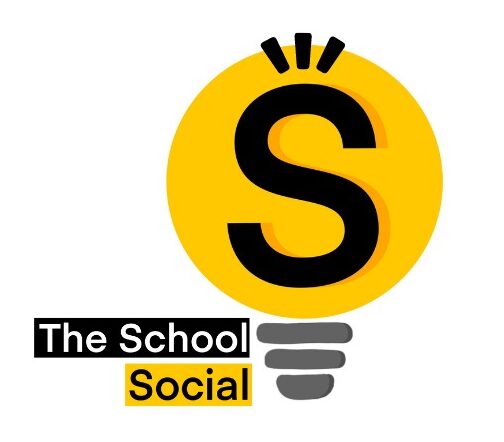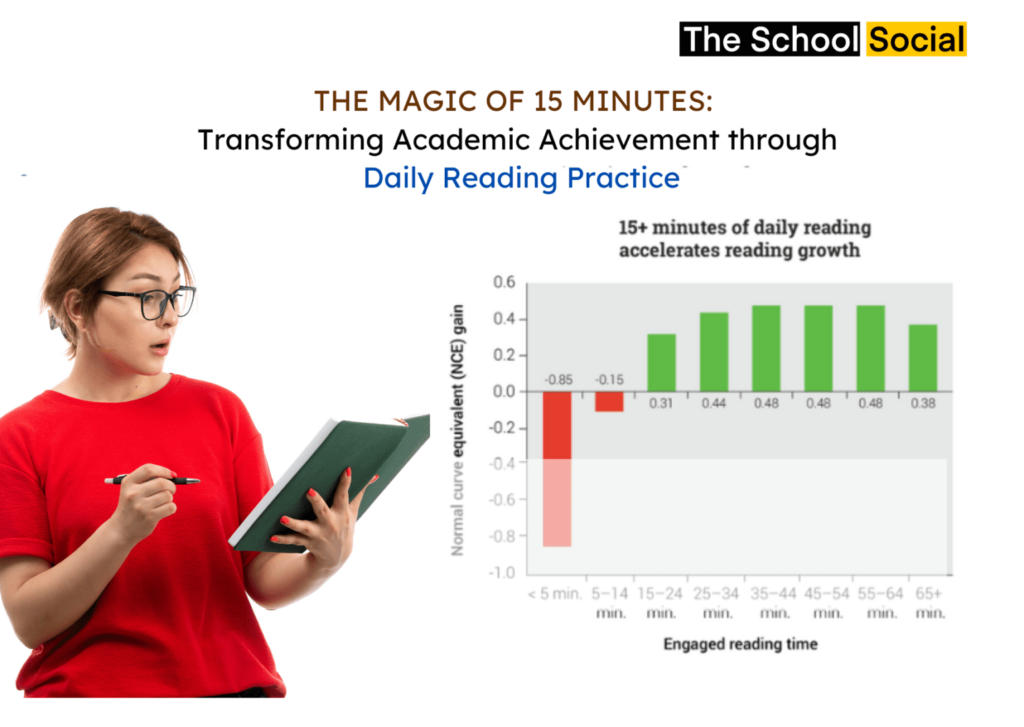
THE MAGIC OF 15 MINUTES:
Transforming Academic Achievement through
Daily Reading Practice
FACT- “15-Minutes” Is The Differentiator Between A Successful Student And A Struggling Student In Terms Of Their Overall Academic Performance.
Reading is an underrated skill. Isn’t it?
To be able to read, or read well is one of the metrics that defines literacy skills as well as signifies academic achievement. At every age, students are assessed on their reading and comprehension skills that depict their understanding of the concept, vocabulary and memory power and creative expression.
But, how often do we pay attention to imbibing a reading practice daily, that not only makes reading a life-long habit, but also helps with academic success. A research study highlights how 15 minutes of reading makes a big difference between students persistently struggling in their academic performance and students who struggle but end up succeeding with positive effects of reading.
Shockingly, more than 9.9 million students read for less than 15 minutes per day on average. Less than 1 in 5 students dedicate 30 minutes or more to reading, and fewer than 1 in 3 read between 15 and 29 minutes daily.
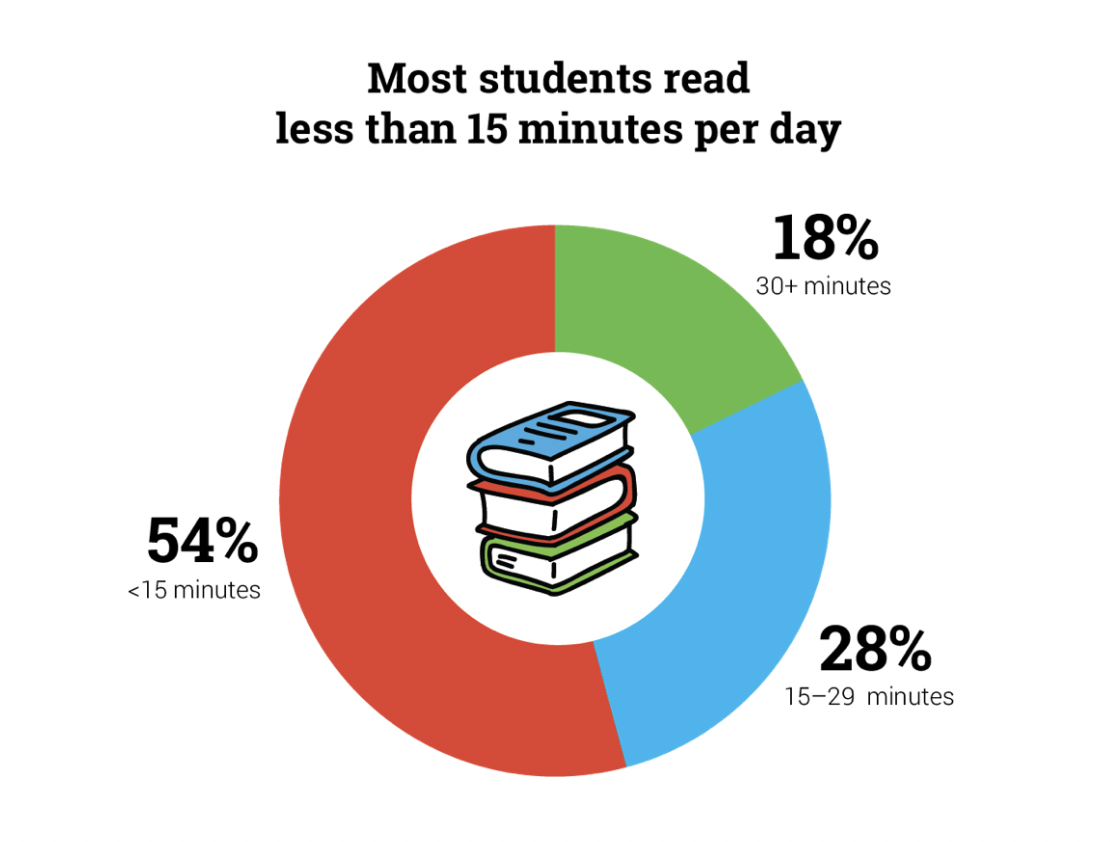
An analysis of the result of over a million students’ Programme for International Student Assessment (PISA) scores from 32 countries revealed a strong connection between reading engagement and performance. Surprisingly, a student’s level of reading engagement is not related to factors such as socioeconomic status, gender, family structure, etc. Reading practice plays a vital role in bridging the achievement gaps between different socioeconomic groups. Frequent and good reading practice can help disadvantaged students compensate for their circumstances and surpass the advantages of more privileged backgrounds.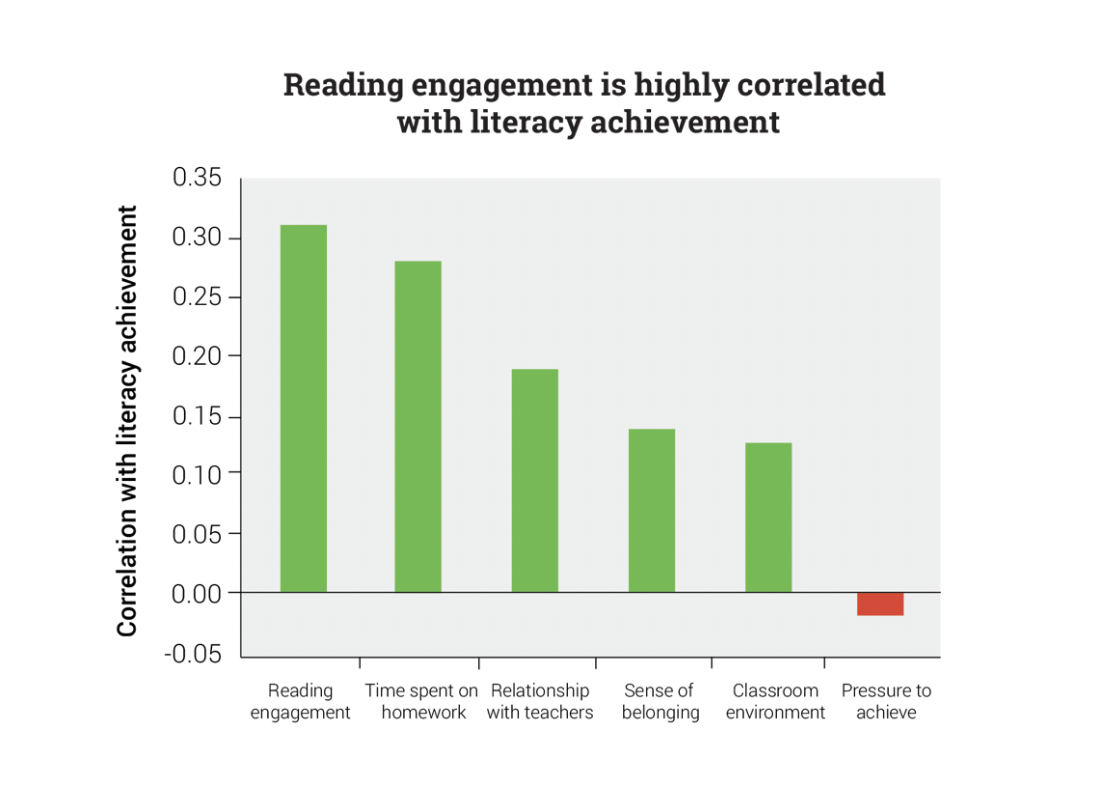
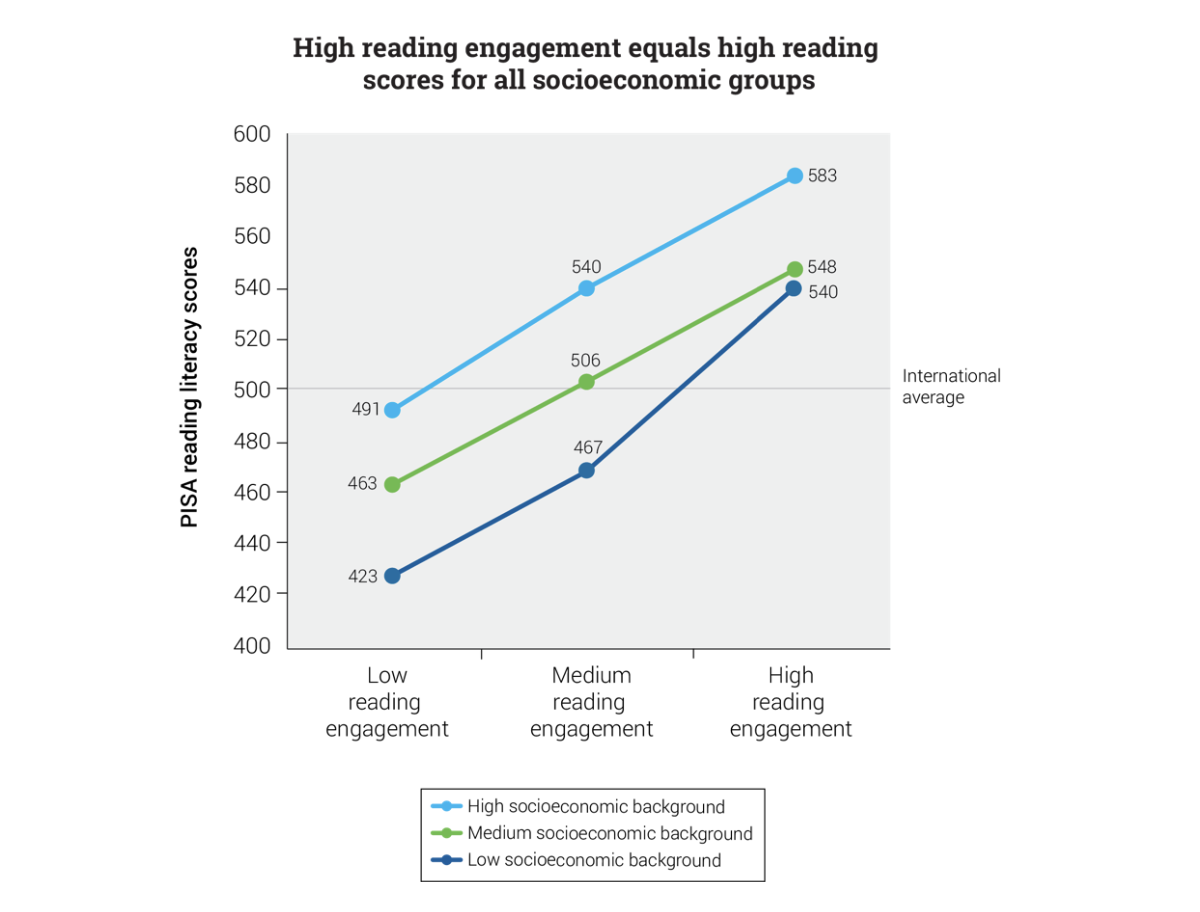
Surprisingly, 15 minutes of daily reading is the “magic number” that leads to substantial improvements in reading achievement. Students who read for longer durations say over half an hour to an hour, witness even greater benefits. However, less than half of the students meet the 15-minute mark, indicating a missed opportunity for growth.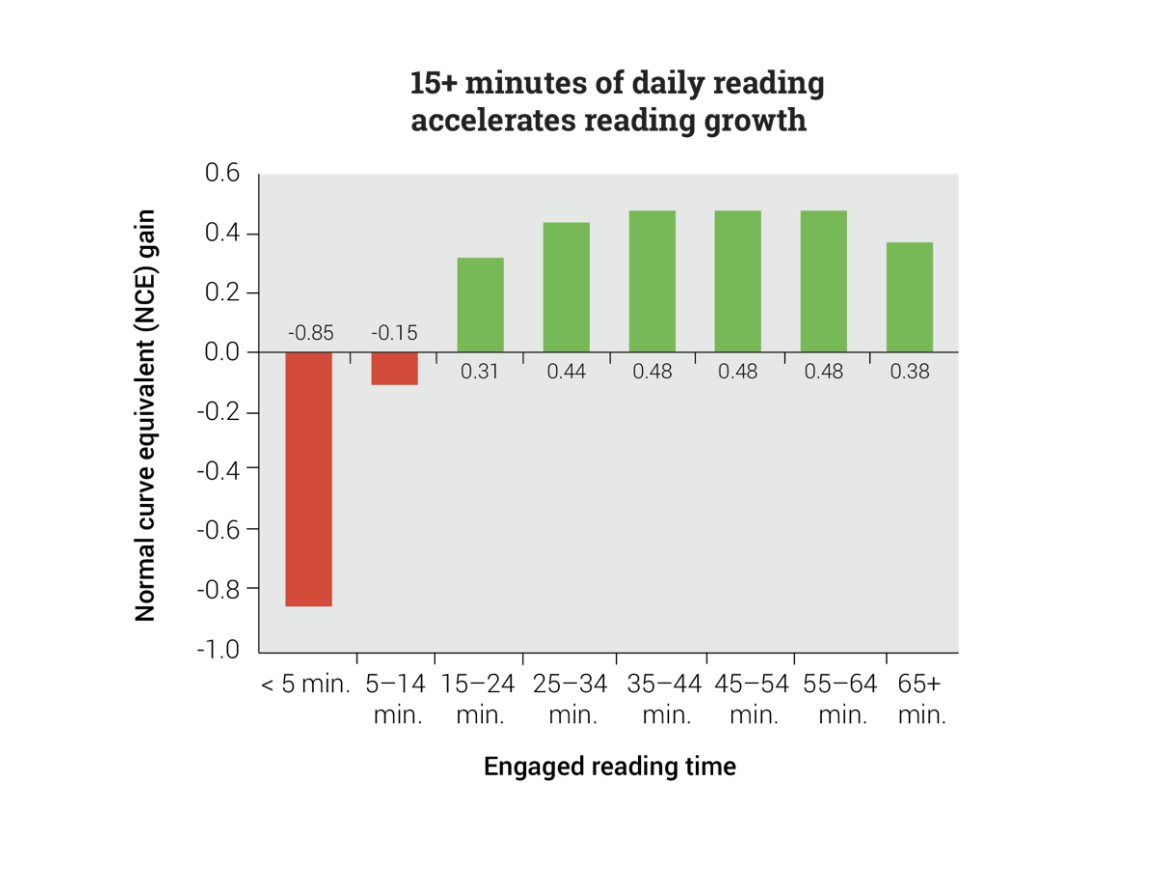
Over the last three decades, reading rates have dramatically declined internationally. In 1984, NAEP results showed that the majority of 9-year-olds read for fun once or more per week, and more than half read almost every day. By 2012, 25% of all 9-year-olds were reading for pleasure fewer than 25 days per year.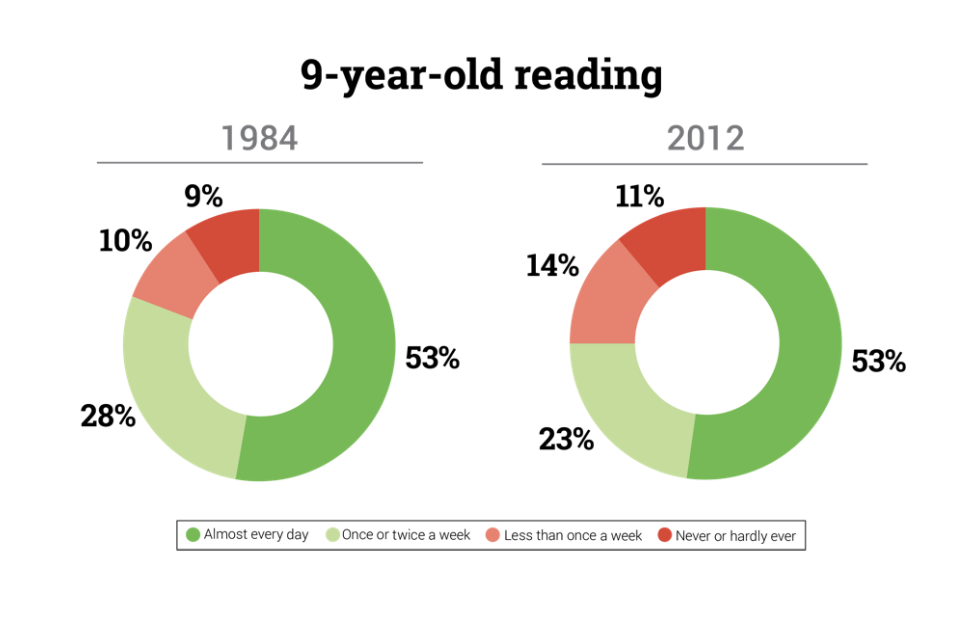
For older students the drop is even more concerning. In 1984, 35% of 13-year-olds read for fun almost every day, and another 35% read once or twice per week, more than two-thirds of 13-year-olds read at least once a week. In 2012, nearly half read less than once a week.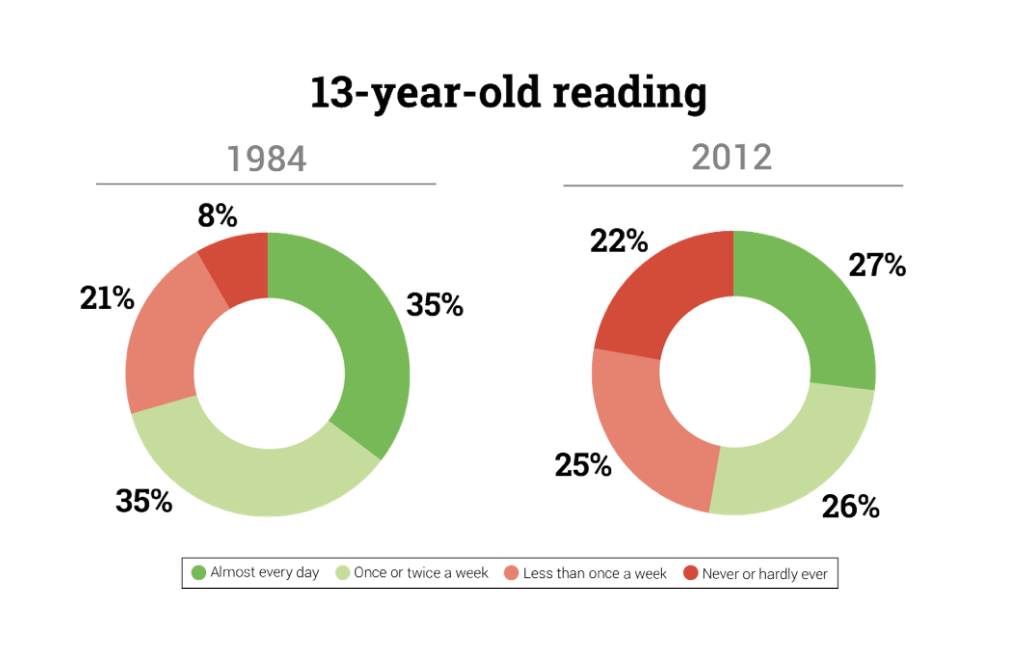
We see a trend over severely declining reading rates between two different generations. There are a number of factors at play here. However, one of the most important ones might be that the effects of reading practice are cumulative over a student’s schooling, especially when it comes to vocabulary.
DID YOU KNOW?
What is the difference between children who read more than 30 minutes per day and those who read less than 15 minutes per day?
Twelve million.
Vocabulary development is closely related to reading practice, and the additional exposure to words can significantly impact a student’s success. The difference in reading practice between students who read more than 30 minutes per day and those who read less than 15 minutes is astounding.
- Students reading 30+ minutes per day encounter 13.7 million words from kindergarten to 12th grade, compared to 1.5 million for those reading less than 15 minutes.
- The difference in word exposure between high-reading and low-reading students exceeds 12 million words.
- Students in between, reading 15-29 minutes per day encounter 5.7 million words, nearly four times that of the low-reading group.
Vocabulary plays a vital role in reading achievement. Research suggests that over 50% of students’ reading comprehension scores are influenced by the extent and variety of their vocabulary knowledge. Fostering reading habits can enhance vocabulary skills and overall reading comprehension.
By allocating a mere 15 minutes to regular reading, we can witness the remarkable transformation of struggling students into successful students. It bridges achievement gaps, influences long-term outcomes, and enhances vocabulary growth. Additionally, you should ensure that reading practice is not just about quantity but also quality, maximizing the benefits of every minute spent reading. By giving utmost importance to the practice of reading, we can pave the way for our kids to achieve academic excellence and provide them with essential lifelong skills.
You can kick-start a good reading habit in young ones by subscribing to The School Social digital magazine. Give them an exciting mode of reading everyday and see the difference yourself.
This research is based on a detailed report published by Renaissance Learning (2016): What kids are reading: And how they grow. Wisconsin Rapids, WI: Author. Download the latest report from here.
Find the Solution
Read More Research By The School Social
Also Read How to Develop Reading Habits in Kids And Teens?
